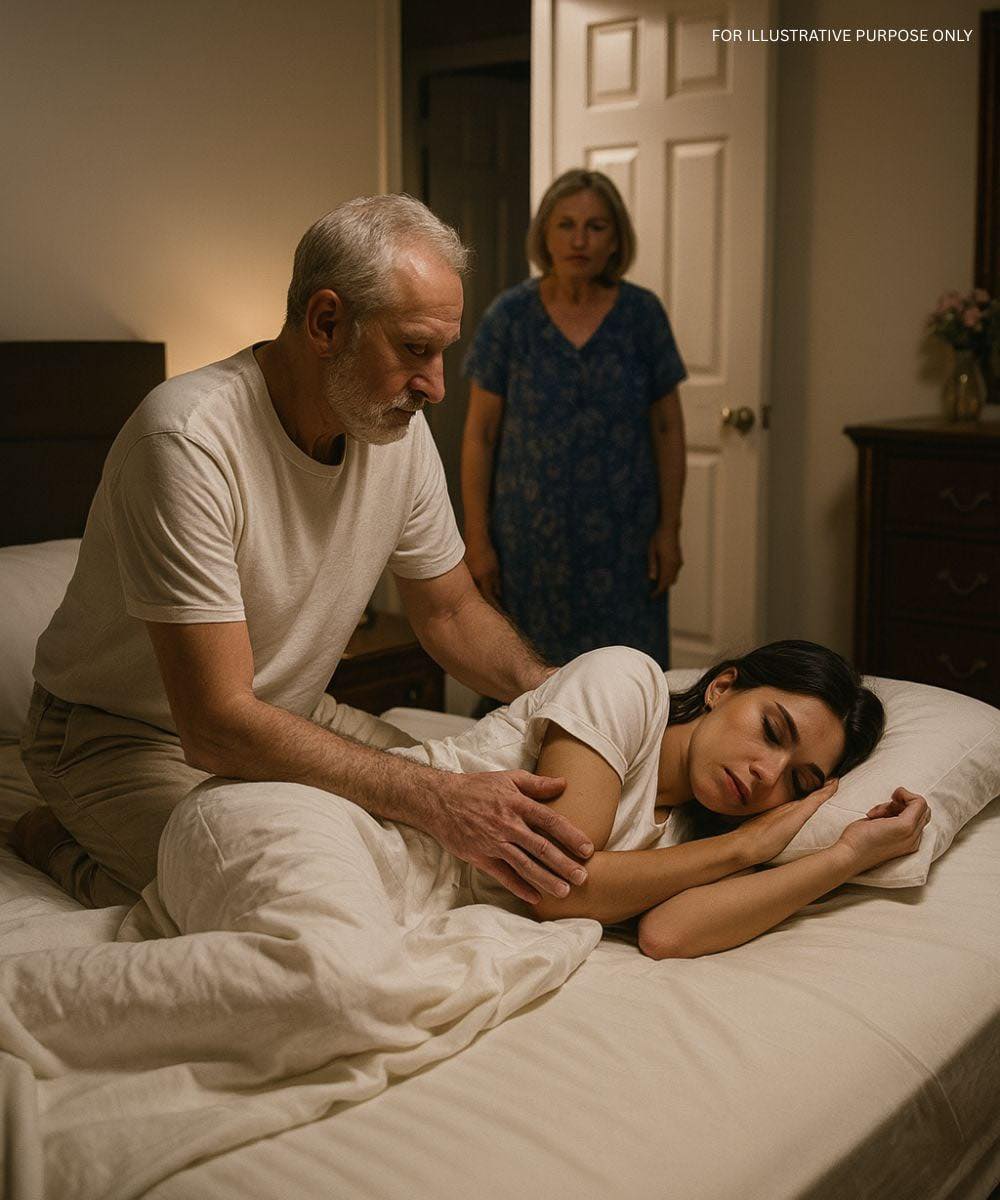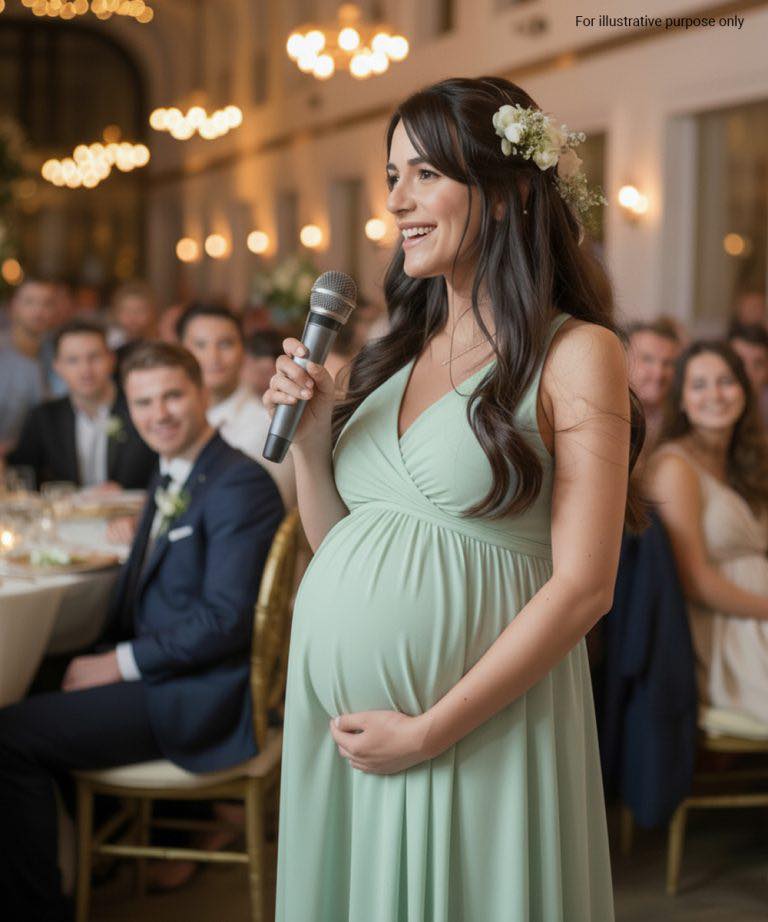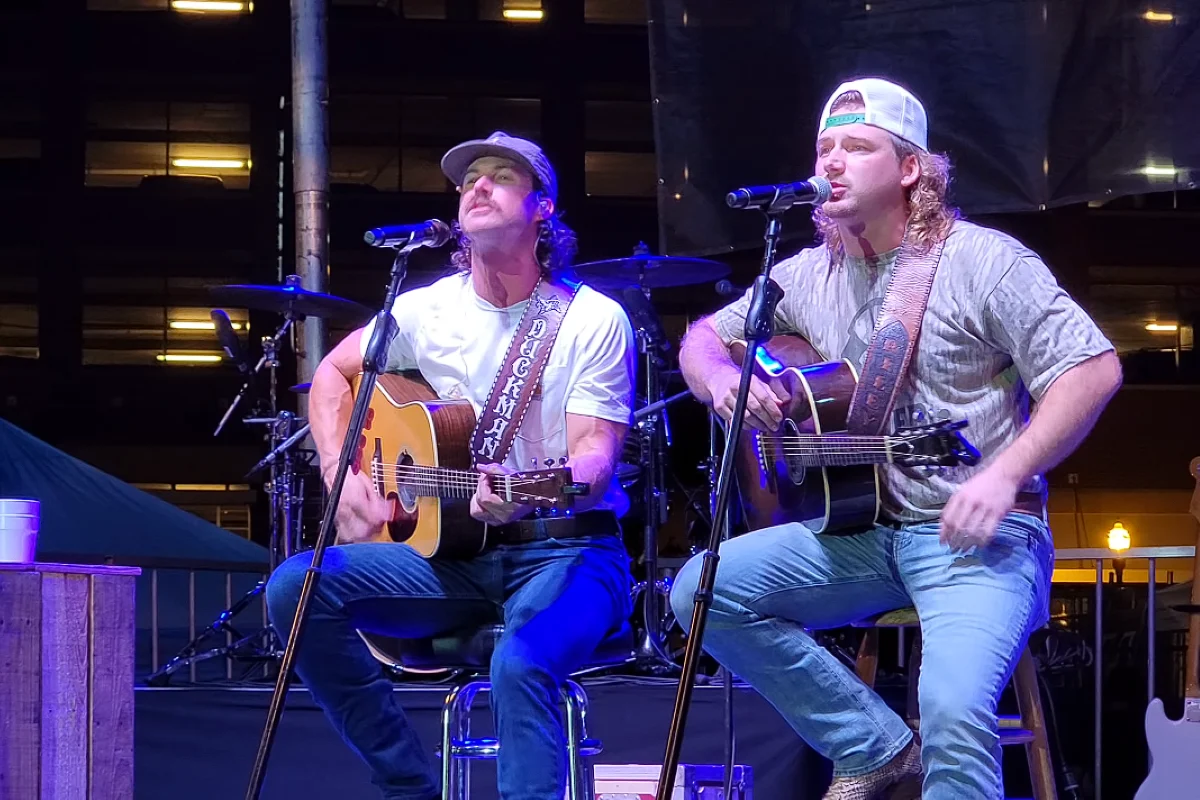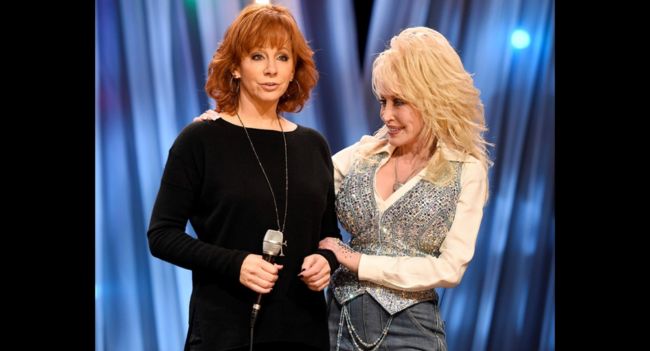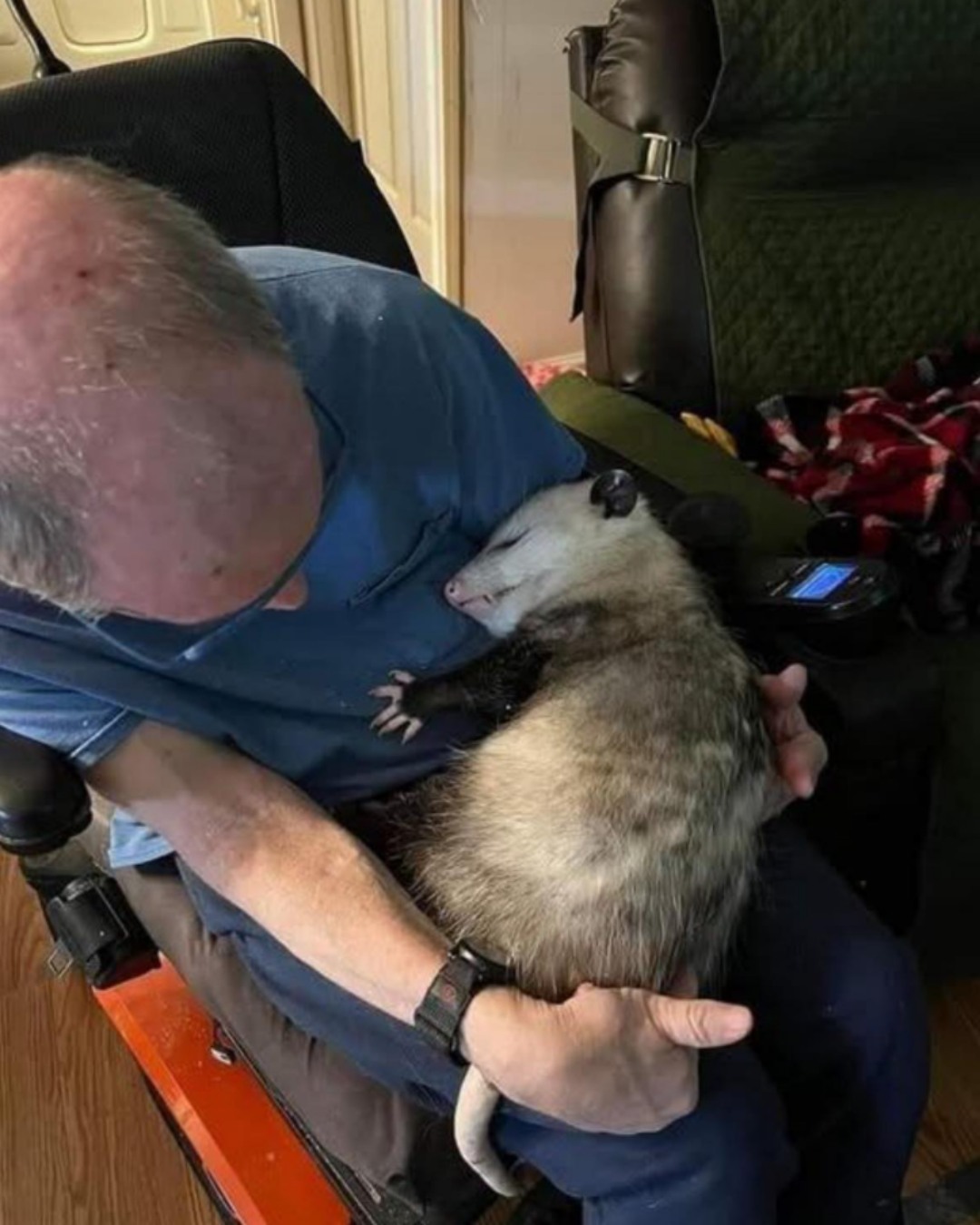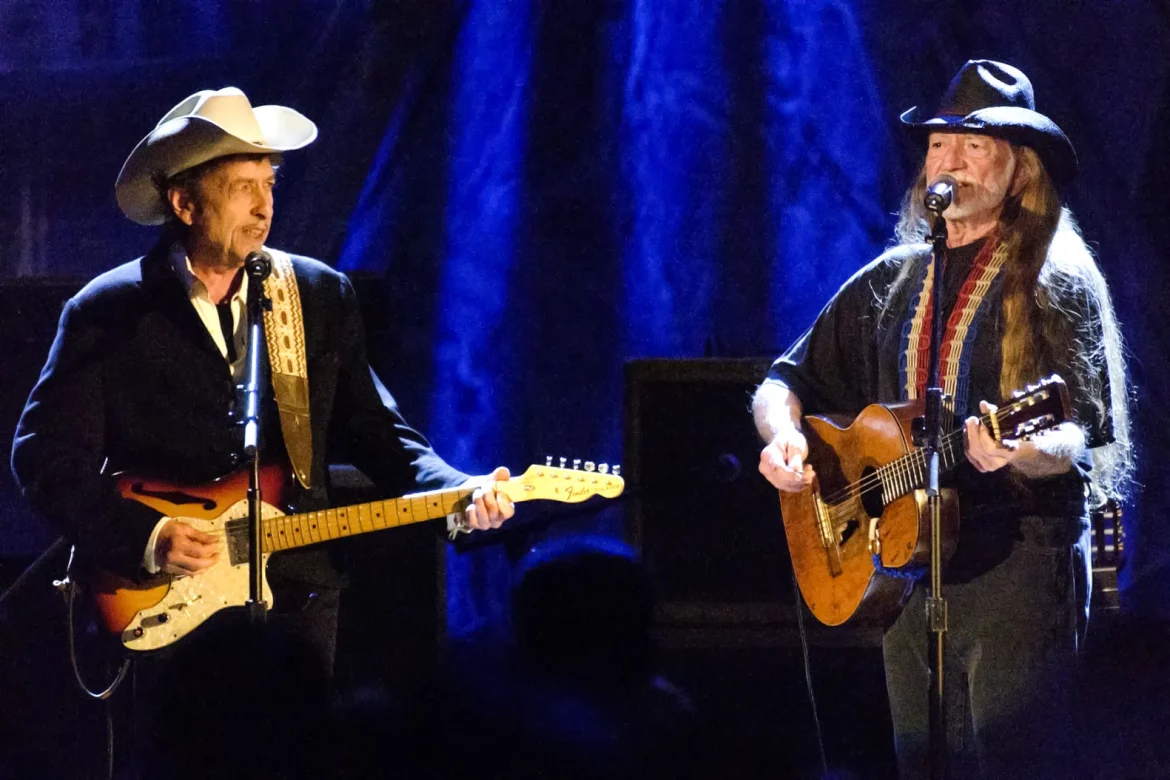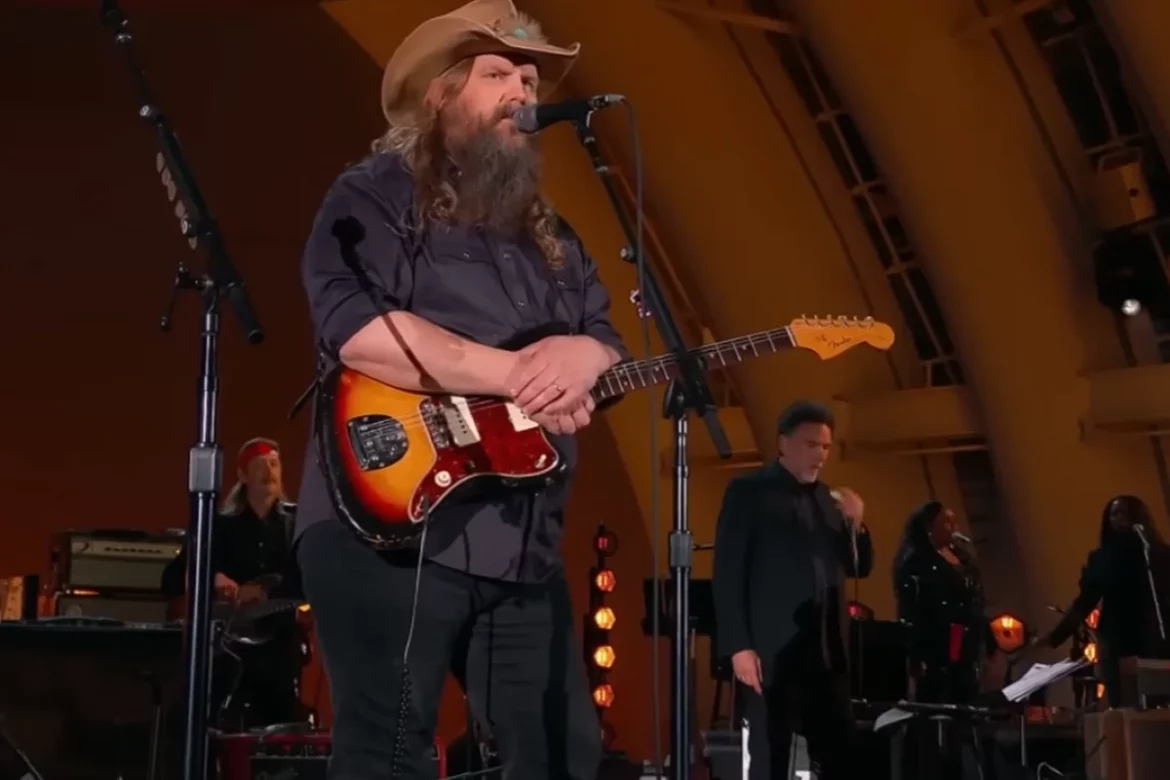Toby Keith Shares the Stage with Make-A-Wish Kid in Unforgettable “American Soldier” Duet
In 2005, during a concert in Cleveland, Toby Keith gave one of the most touching performances of his career—one that went far beyond the music. That night, the country star made a young boy’s dream come true in a moment that moved the entire crowd to tears. As the lights dimmed, Keith took a moment … Read more

